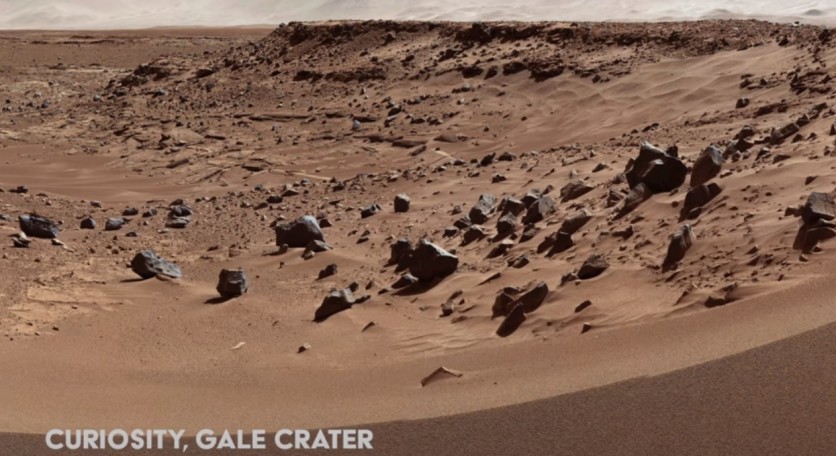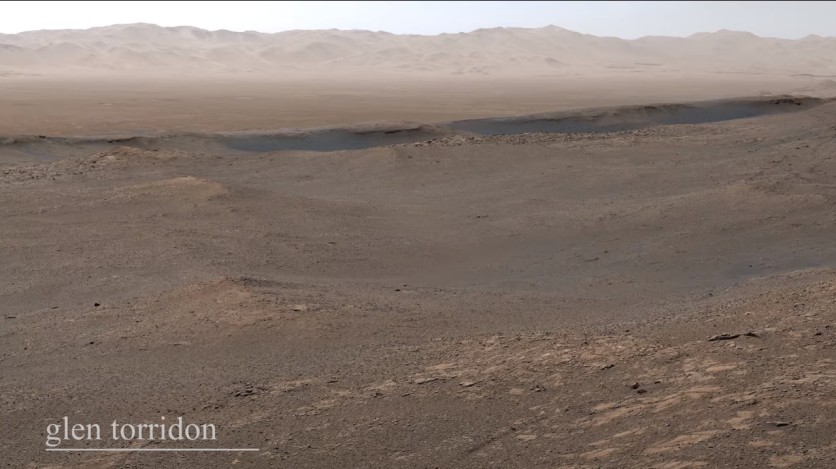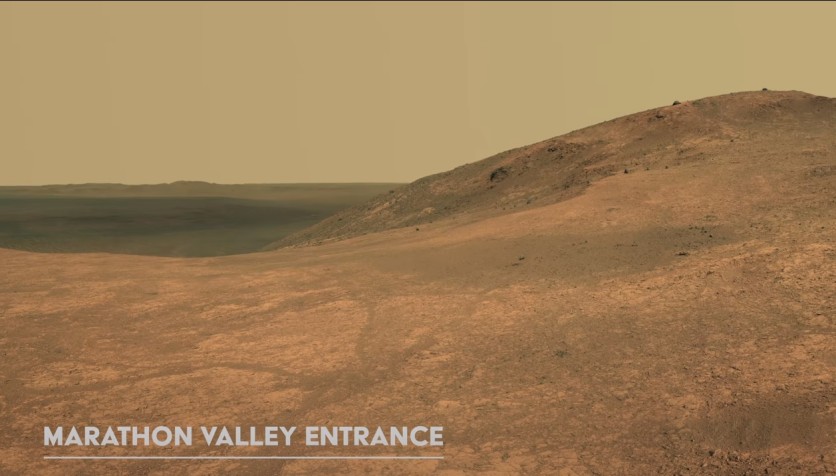lderFox Documentaries have released the world's first video of Mars surface created in 4K resolution on July 17 and has since been earned 2 million views.
The 10-minute documentary features actual footage taken by three NASA rovers: Spirit, Curiosity, and Opportunity, as they move around the planet. "The images in this video are all real," said the video's narrator.
The ElderFox team used available NASA images to produce about 20 mosaics, including one that they claim to be the "largest-ever" assembled image of the red planet's surface. They also said the rovers' cameras were the peak of technology when they were launched.

However, while these cameras use the most advanced technology, the challenge was how to send data back to Earth. For instance, Curiosity, which was launched in 2011, can only send data at 32 kilo-bits per second directly to Earth. This may get better when the rover is connected to Mars Reconnaissance Orbiter, speeding up to 2 Megabytes per second.
However, sending HD video at these speeds would take a long time, which would make it impossible to do as the orbiter connection is only available for about eight minutes each Martian day. After all, it would be practical to send still images since there is practically nothing that moves on Mars.
Stitching thousands of images
ElderFox used thousands of images taken by each rover that is available on NASA's website to make panoramas that create a video that is similar to a live feed. "[This is] the most lifelike experience of being on Mars," the narrator said.

Included in the video is the largest mosaic ever created of the Martian surface. The image is made up of 1.8 billion pixels and features a panorama of Glen Torridon. ElderFox used more than 1,000 images taken from November 24 to December 1, 2019, by Curiosity rover.
The current status of three rovers

The three rovers were launched to find any signs of life on Mars. While they have not seen an actual alien yet, the rovers have found proof of water existence as well as proof that ancient Mars can support living microbes.
NASA launched Curiosity on November 26, 2011. It was then the largest and most capable rover sent to Mars. It landed on the planet on August 5, 2012. Surprisingly, the rover picked up mineral and chemical evidence of habitable environments in ancient Mars. It explored Gale Crater and continues to survey the planet's surface.
However, NASA reported on its website that it has not yet received any response from Opportunity since June 10, 2018. The agency also said Opportunity's last uplink transmission was received on February 12, 2019, which concluded the rover's mission with a total odometer of 28.06 miles.
Meanwhile, Spirit has completed its mission on May 11, 2011, with a total odometer of 4.80 miles. After sending over 1,300 commands were sent to the rover, but received no response. NASA received the last communication from Spirit on March 22, 2010.
Read also: NASA Spots 'Hazardous' Asteroid Bigger Than London Eye on Close Approach
ⓒ 2025 TECHTIMES.com All rights reserved. Do not reproduce without permission.




